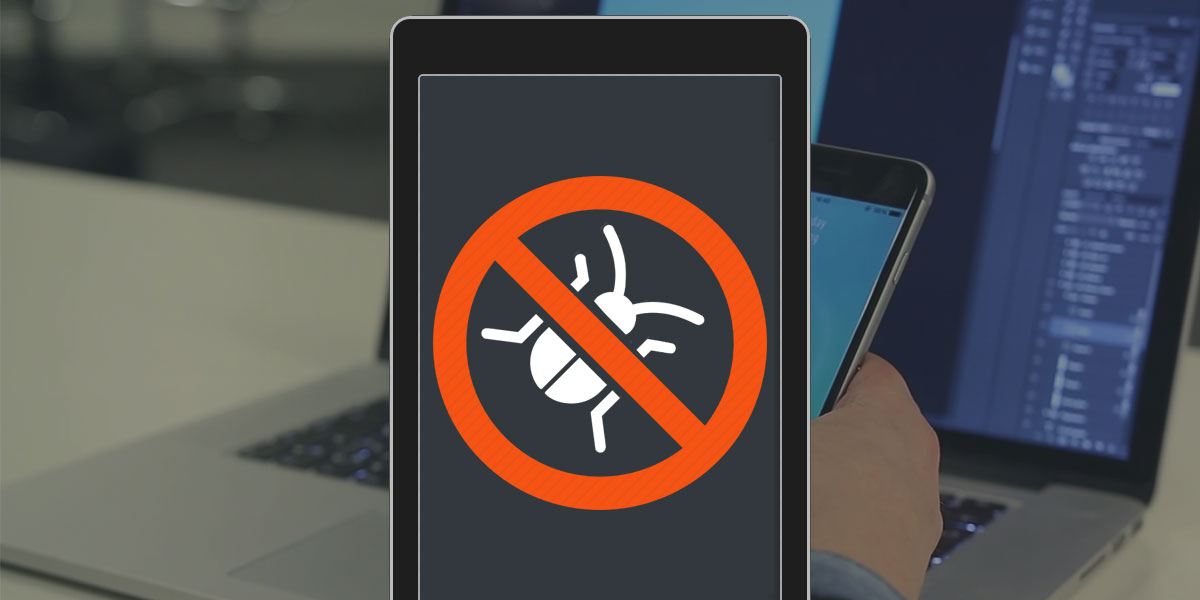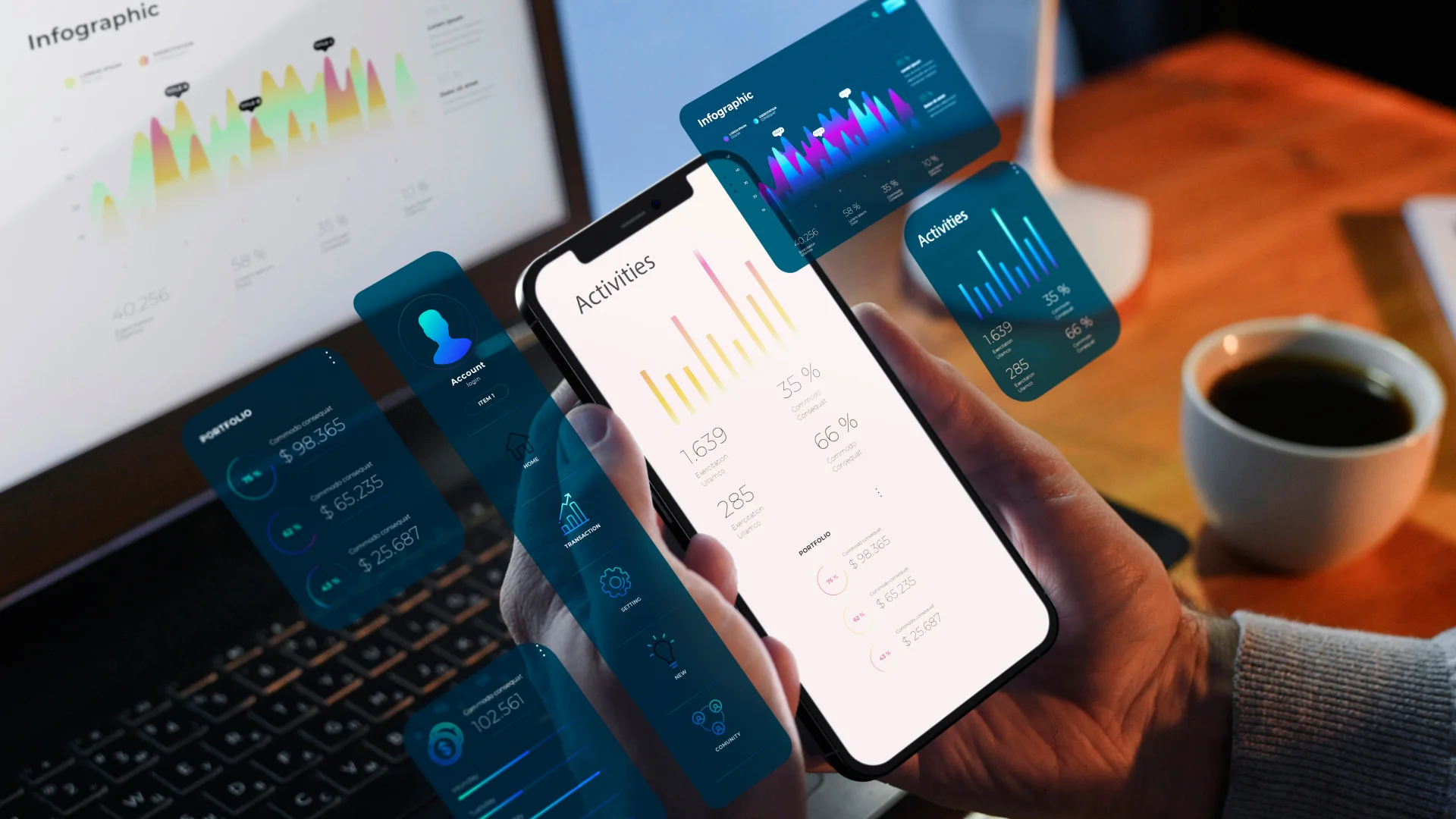How To Develop A Complete Bug-Free Mobile Application
- Mobile
- February 6, 2017
Mobile apps are perceived in various lights depending on how sturdy they appear in front of the user. What that means is that an app that crashes constantly loses its value, regardless of the quality of the content inside. That is why developers take extra care to get rid of any problems that might occur during the app development process. An app that has absolutely no problem whatsoever is referred to as a bug-free app. But you won’t see any of those any time soon because it is incredibly hard to provide such a purity percentile with so many variables in play.
What variables, you ask? Security problems play a role in making an app not bug-free anymore. The same thing goes for networking or validation in terms of user privacy requirements. These and many other elements can chip in to ruin your app’s perfect score. In this article we will be identifying some of the causes that lead to app bugs, and also what you can do to prevent said bugs from getting out of control.
Security concerns
Security is one of the most concerning aspects of app development due to the fact that most of the bugs that appear are direct results of breaches and issues that occur in this sector. So naturally, developers are extra careful when dealing with app security, because removing the chances of the app being prone to bugs in this department can drastically improve the overall product’s stability.
How to maximize bug reduction? Test. Test everything. By undergoing heavy testing early on in the development process, you can identify vital weak spots and vulnerabilities in the software’s security. This is much easier to accomplish in the beginning stages of the project because it helps you fragment the workload of testing it in its entirety.
Related blog: Best Ways to Avoid Security Issues in App Development
Code revisions
Code revisions can save you a lot of hassle as well. A very good way of ensuring the efficiency and quality of your own code is by inspecting that of someone else. Whether it’s a solo developer, your project partner or app development team altogether, you can review other code so that you will much easier identify the problems that snuck by you. As is the case for many things, a fresh perspective could be all you need to solve a nuisance.
Beta testing
Beta testing is a bugproofing method that has brought out the best in mobile apps time and time again. In a similar fashion as the previous piece of advice, by having different people review your app, you can pass it through multiple filters. One of them is bound to notice something you or the other beta testers weren’t able to. There is no limit to how much beta testing you can undergo, meaning that you can close in on important bugs and issues by using multiple builds and revisions.
Automated testing and error reports
By using tools which allow you to do automated tests as well as receive automated error reports, you can maximize the amount of feedback you are getting. Beta testing is great and all, but it would be a good idea to rely on more than the generosity of strangers when it comes to identifying problems. Not everyone will go through the trouble of reaching out to you so that they can tell you about a problem they found. That is the kind of scenario that leads up to the aforementioned theoretical error to make it to the final version of the app.
Related blog: Usability Testing During Mobile App Development Cycle
Investing resources into a debugger
Investing resources into a debugger will also show up in the quality level of the final build. Yes, debugging can be quite the pain when you take a common route that implies using PHP, Python or Ruby. But if you appeal to the services of a Visual Studio type of IDE, you will find it very easy to bypass some procedural steps that would otherwise “bug” you out.
Conclusion
After you release your app, you will have to constantly keep it updated and check in with the community built around it. Using the feedback of your users as well as doing some solo research will be required. But any work that comes after releasing the app can be so much easier to manage if you put the time in during the development process, and clear a lot of the potential bugs that would otherwise stain your product’s initial launch. There is no such thing as “bug-free” in the sense that you’re thinking of, but you can get pretty close to that status by taking a couple of precautions during the app’s creation.







